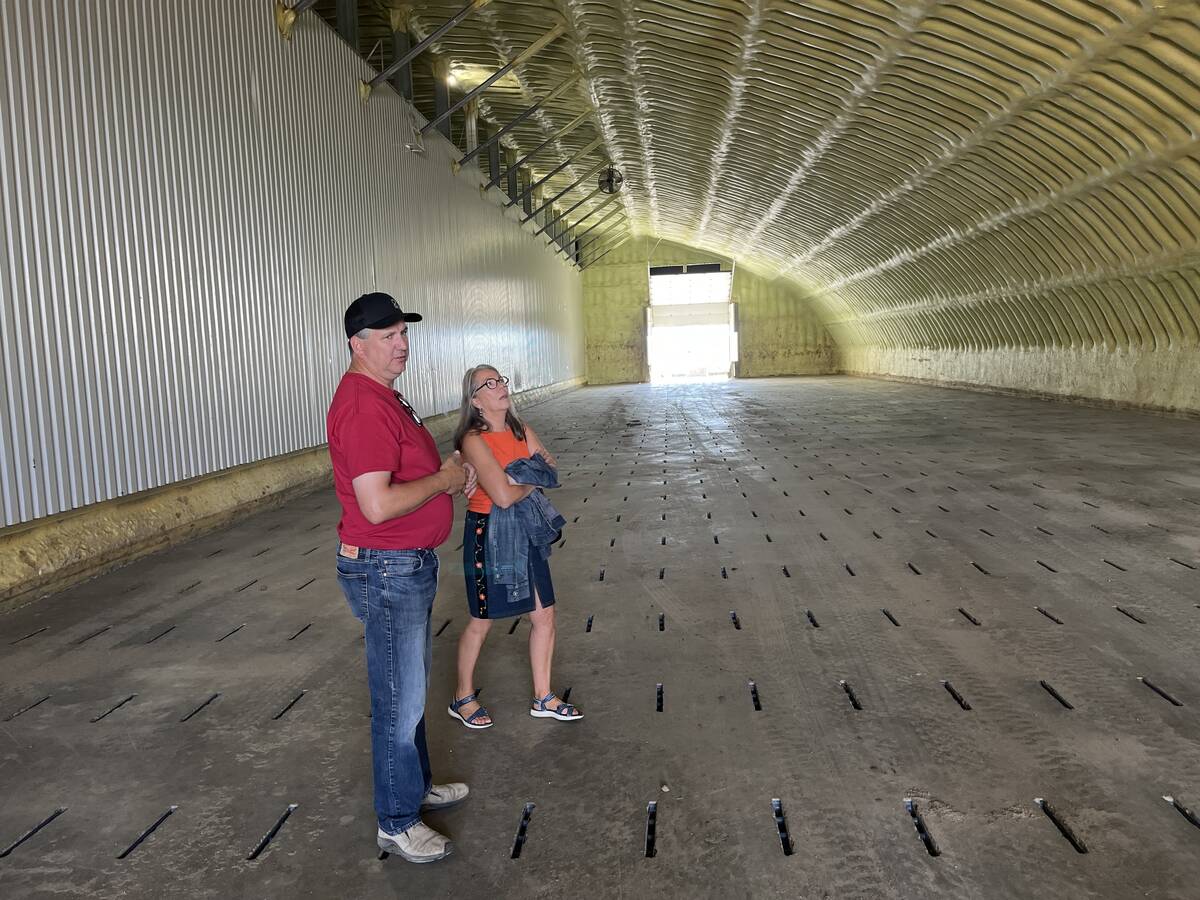Spring time and planting season are just around the corner and it’s a time when many farmers consider buying new equipment.
How to finance the purchase is a major issue. The two most common options are borrowing funds to buy the equipment or leasing equipment from the supplier or through a third party.
The terms and interest rate applied to the purchase loan and cost of leasing are obvious reference points to determine the benefits of going one route over the other.
There are significant tax implications that come in to play, however, that can make one method of financing a better decision.
Read Also

Potato farm requires year-round management
The most recent Open Farm Day in Alberta showcased agricultural producers across the province educating the general public about the process that is required is to get food to their table.
If you borrow to buy the equipment, for instance, you will be able to deduct all the interest on the loan and claim an annual depreciation charge called capital cost allowance.
However, the Canada Revenue Agency places depreciable properties in different classes and each class has its own rate of depreciation.
The length of time it takes for an item to become fully depreciated can make a major difference in your tax position.
For instance, CRA considers hopper bins a Class 6 asset that can be depreciated at only a 10 percent annual rate on the declining balance.
Class 8 equipment can be depreciated at a higher rate of 20 percent, while a combine is categorized as a Class 10 asset and has a 30 percent rate.
Purchasing three hopper bins for $25,000 would take more than 20 years to write off. For tax purposes, you will be able to claim all the interest on the loan and a total of $18,129 capital cost allowance over a 23 year period.
Leasing the bins, however, will allow you to deduct $19,625 in lease payments over a mere three-year time period with a $2,500 buy-out option after the third year.
The low capital cost allowance rate for hoppers (a Class 6 item) encourages leasing, providing the ability to claim the full amount 20 years sooner than would otherwise be available through loan financing.
This benefit declines with higher class capital cost allowance rates. The combine (a Class 10 item) would provide about a $86,000 deduction over six years, which would be roughly the same if you borrowed the money or leased the equipment.
In this case, your decision whether to borrow money to buy or lease would simply come down to the comparative terms, conditions and costs of both methods of financing.
Lower CCA class rates generally favour leasing rather than borrowing funds to finance equipment.
















